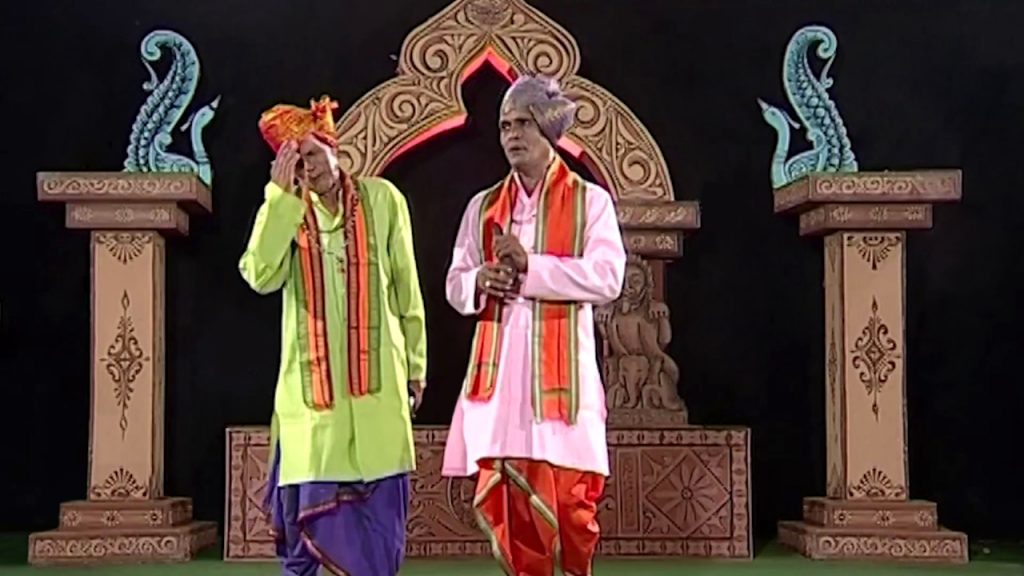Jamtikra: Traditions continue for years as they are passed on to the posterity over time through socialising. However, we have left behind the traditional ‘pala’ and ‘daskathia’ folk-art forms of western Odisha in our march towards modernity.
These communicative folk-art forms, which had once created their own identities in Bargarh region, were traditionally being performed in auspicious occasions like marriages, thread ceremonies, social functions, cultural programmes and religious festivals.
In ‘pala’ and ‘daskathia’, performing artistes dance in sync with musical instruments like mrudanga, daskathia and jhanja, along with singing chaupadis and other folk-songs.
Moreover, three to four artistes usually participate in a troupe and one person recites as others repeat the folk-songs. Fascinated by the enthralling performances, local villagers gather around to enjoy. Head of the troupe who recites is called as ‘Siri Gayak’ or even ‘Mandalia’ (Mrudanga Badak) and other members who repeat his songs and assist in performance are called as ‘Palia’ (Bayamana).
The attires worn by these artistes are also typical. Usually, they wear coloured clothes with multiple folds around their waists, specially designed loose kurtas decorated with jaree works and turbans (pagdis) on their heads studded with peacock feathers.
At times, these artistes also resort to acting as different characters and create humour to make the topic easy for viewers to understand. The troupe performs on a particular stage by standing in a circular shape and is regarded as ‘Sankirtan Mandali’.
These performing artistes put on kundals on ears, bahutis on hands, malas around necks, ghungurs on legs and rings on fingers. Their faces are decorated with sindur and chandan, feet with alta and eyes with kajal. They hold chamar on left hand and a handkerchief on the right, while performing.
These folk-art forms are said to have had started during the reign of local rulers, which later became popular throughout the state. Late Manabodha Bhata, Bisakha Rana, Mayadhar Dhoba and Durlabha Das, all from Bargarh district had earned lots of name and fame.
However, this traditional folk-dance form has become obsolete these days and people prefer loud DJ music instead, played and performed by the band parties. Bargarh district in western Odisha was quite popular throughout the state for pala and daskathia artistes.
Notably, these traditional folk-art forms have vanished from the society for past three to four decades. The artistes who were then performing on demand, for marginal remuneration, have switched over in the meanwhile to other occupations to eke out a living.
While it is commonly assumed that traditions have linkage with ancient history, many traditions have been invented by human societies on purpose, whether that is social, political, economic or cultural.
PNN
